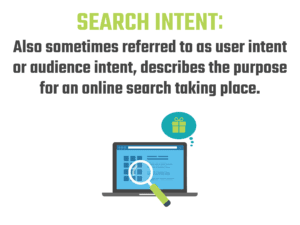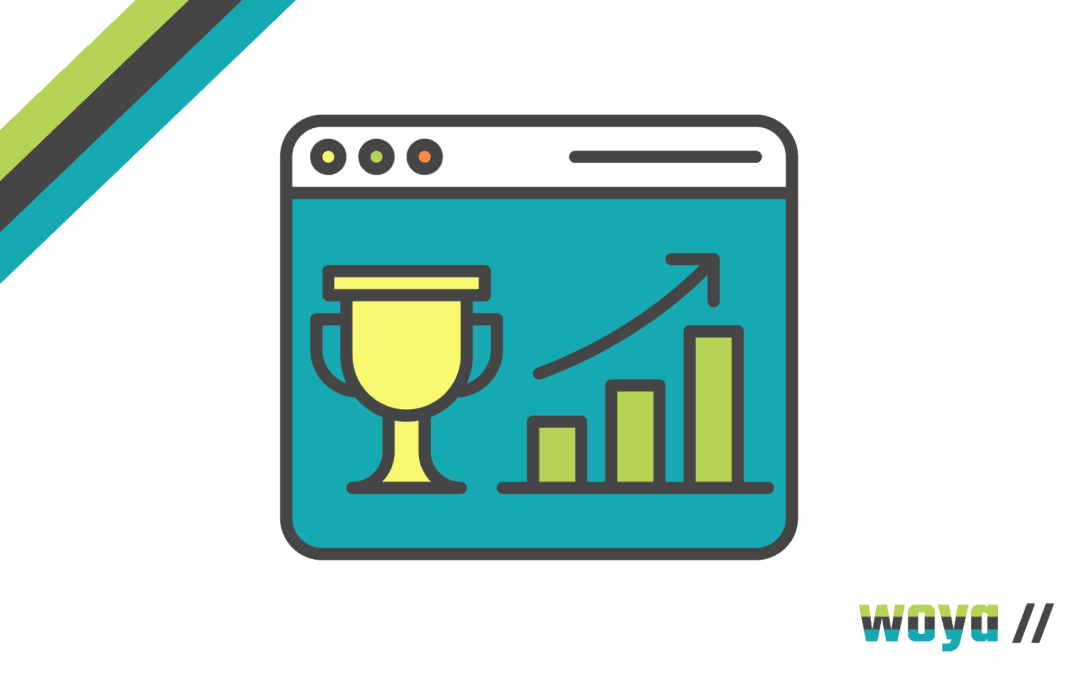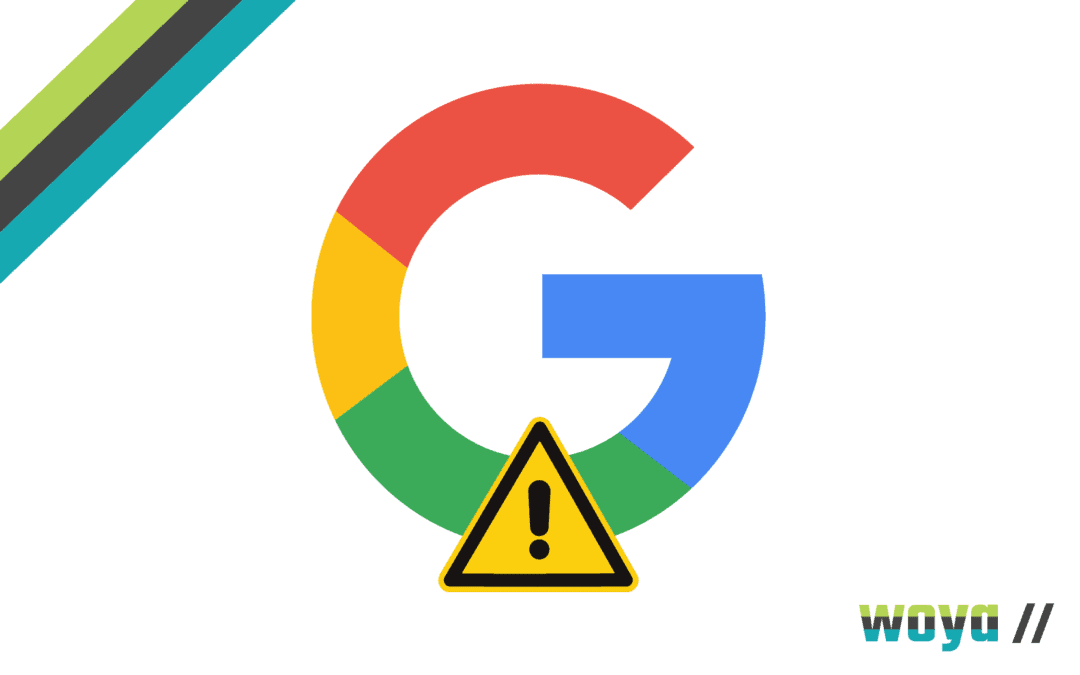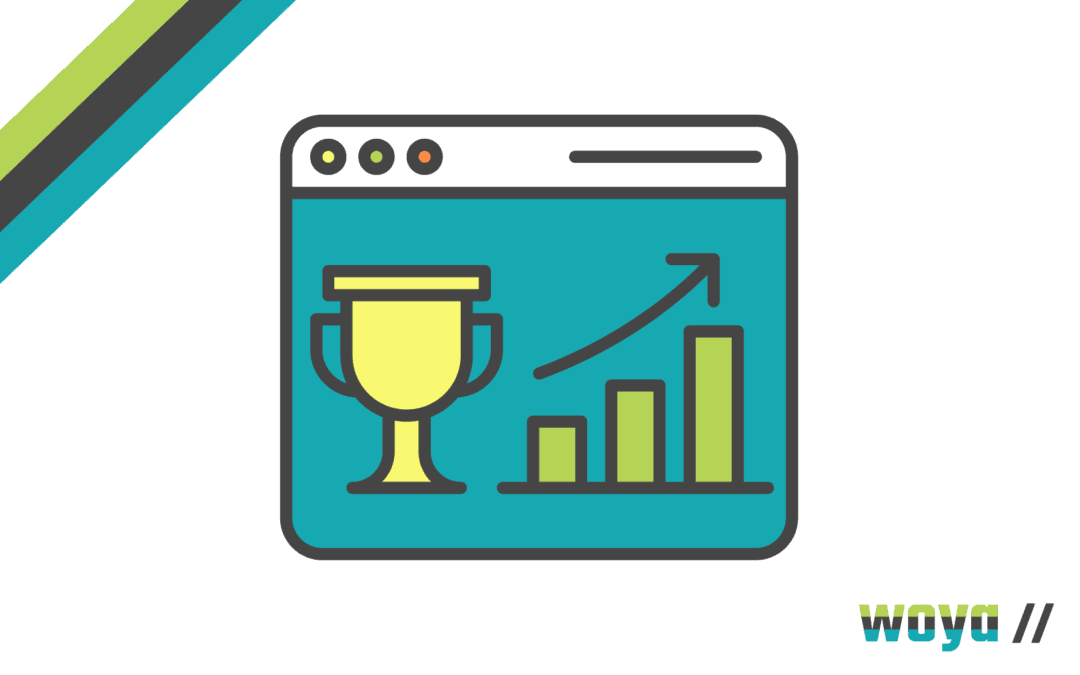
Why You Must Include Long Tail Keywords In Your SEO Strategy
Search Engine Optimisation (SEO) is not just a ‘nice to have’ marketing tool for businesses presenting online – it’s not an option! Showing up in the right place at the right time digitally for customers searching online, is critical for any organisation wishing to gain competitive advantage, remain relevant and grow its audience.
The discipline of SEO covers a wide of variety of topics, but a prominent one is keywords. Here specifically we’re going to flesh out long tail keywords!
What Are Long Tail Keywords?
Most keywords refer to a single word or couple of words that match together to create a searchable phrase that users type into a search engine in order to find results. Long tail keywords are formed of between three and five words usually (though no such numeric limit actually exists) and are, by their nature therefore, more specific and less common.
The term ‘long tail keyword’ comes from a book called The Long Tail by Chris Anderson, which focuses on the niche of markets and products, and how successful focusing on a specific sector or area can be.
For example, a standard keyword search may be ‘pink trainers’ but a long tail keyword search would be ‘pink Nike trainers size 5’.
How Do Long Tail Keywords Work?
The longer nature of long tail keywords compared to briefer search terms means they are more specific and will as a result drill down more specific (and hopefully relevant) search results. For search engine users, they present an opportunity for more appropriate results and ideally, less clicks to find exactly what they want. For businesses, they present an opportunity to target more niche markets.
Generally speaking, long tail keywords are less competitive than more generic keywords because they’re designed to better reflect how users make queries. They are more likely to attract high-quality traffic to a website, which is likely to increase conversion rates.
Often, long tail keywords aren’t the first search query typed in by search engine users. It is not uncommon instead for users to type in a more generic search term, uncover generic results, and then use long tail keywords to drill down to more specific results.
How Do Keywords Form Part of an SEO Strategy?
Statistics suggest that over 70% of all search queries are now made using long tail keywords, with voice search being a key factor in consumer behaviour.
Users are more likely to use the same types of phrasing they would in colloquial speech, in such searches – an evolving behaviour recognised and catered for by Google with their focus on NLP (Neural Linguistic Programming) in search algorithms to produce relevant results. This high level of long tail keyword search means that including these keywords in an SEO strategy is imperative.
Long tail keywords should be used to create blog posts, web pages and other relevant content to explain the specific topics within the agreed product or service pillars of the business. Together, the relevant long tail keywords should create a cluster of information around each pillar topic, with the algorithms behind the search engines depending on these to connect users with exactly the details they’re looking for.
Once uploaded, businesses should monitor the performance of each piece of content and continue to produce relevant content around areas of both shortfall (to bridge the gap and supply info where it doesn’t already exist) and success (to continue to build upon the content that users find useful).
Long tail keywords should be focused on alongside other keyword types, as part of an overall concerted effort to improve a websites content quality and quantity.
Different Keyword Ranking Difficulty Levels
The most commonly used generic search terms, by their nature, have the most competition online. This means that it is difficult for businesses to rank highly for them.
Long tail keywords tend to be easier for businesses to rank highly for as they’re searched less and are considerably more specific. Generic search terms sit at the head of search, a tiny number of keywords with exceedingly high search volumes. Long tail keywords constitute millions of search terms all with very low search volumes. This leaves the opportunity for digital marketing and content production around long tail keywords to be more prevalent and more prosperous.
The type of keyword being used or focused on isn’t the only factor that contributes to the difficulty or ease of ranking. Other such determinants include the content type, the Domain Authority (DA) of the website on which the content is published and the links to and from the content piece.
How To Identify Relevant Keywords To Focus On
There are various tools for keyword research, all of which will advise of relevant keyword combinations (both generic and long tail), their competition levels, search volumes and CPC (Cost Per Click) fees. However, these research tools should be used with caution as oftentimes they are created independent of tangible human input and can be based around theory rather than actual user behaviour, particularly in fields where the relevant keywords may include an ambiguous word or phrase.
Ideally, once identified, businesses should look to target long tail keywords that are low in competition and high in volume.
It is not enough to just look up keywords and produce content including them. Instead, businesses should look to incorporate long tail keywords into a thorough SEO strategy that looks to improve all areas of a website’s accessibility and relevancy, and includes regular content creation as part of this.
At Woya Digital, we have a team of SEO experts who work on creating tailored SEO strategies to best improve our customers’ competitive advantage. Get in touch to learn more!






